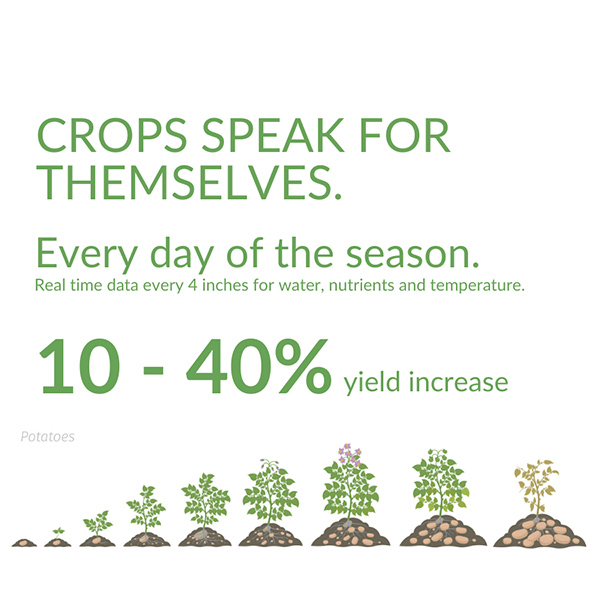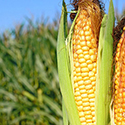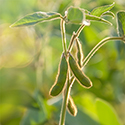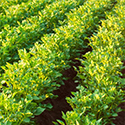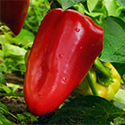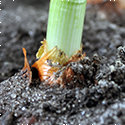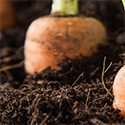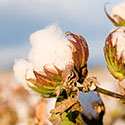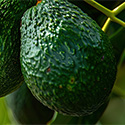Tips for growing potatoes
- World’s most important vegetable crop
- Over 2,000 varieties, 160 bear tubers, but only 20 are cultivated
- World harvest for 2017 estimated at 388,191,000 metric tons
- Until the early 1990s, most potatoes were grown and consumed in Europe, North America and countries of the former Soviet Union
- China is now the biggest producer at over 93 million metric tons
Growing potatoes
- Potatoes are tubers, not roots
- Potatoes are often planted every 3-4 years to reduce potato diseases
- They are vegetatively propagated by planting small pieces of seed potato
- Almost all seed potatoes are purchased from seed growers and certified disease-free
- Seeds are planted 2-3” below the surface
- Heavy tillage is required for potatoes
- Effective root zone is 12-18”
- Potatoes are considered cool season plants, although best yields are in areas of warm days (100F) and cool nights if irrigation is provided
- Commercial harvesting uses special machines that pull each plant and shake dirt off to minimize damage to the tuber
- Some potatoes are determinate—foliage stops growing after tuber initiation, Indeterminates grow indefinitely
- Studies show that at 3-4 year crop rotation can increase yield by over 30%
The market for potatoes
Before year 2000, countries in Europe, North America and Eastern Europe produced and consumed most of the potatoes. Since 2005, Asian countries have surged ahead, with China leading the group, producing 93 million metric tons in 2019. Worldwide about 50% of the potato crop is consumed fresh, the rest is processed into many products led by frozen French fries and potato chips, or fed to livestock, processed into potato starch, or re-used as seed tubers. Potatoes are also fermented to produce vodka and akvavit. Non-food uses include include processing potato peels as fuel-grade methanol and potato starch as a biodegradable substitute for polystyrene. During the pandemic, some US farmers were forced to destroy potato crops when the restaurant market vanished.
Agricultural challenges with growing potatoes
Growing potatoes commercially requires a relatively high investment in specialized machinery for preparing the soil, planting seed and harvest. They are susceptible to a variety of diseases and pests, which are controlled with crop rotation over a multi-year cycle and carefully timed irrigation. Most crops that can be grown in rotation with potatoes are not as profitable. Potato production requires intensive tillage, which along with minimal crop residues, heavy field traffic, and long periods of bare soil exposure can lead to poor soil quality. Farming potatoes under irrigation in warmer regions can produce high yields, but it is critical to keep enough moisture in the soil to keep the leaf stomata open during the middle of the day in growing season. Potatoes are very susceptible to water stress, allowable depletion of available water is no more than 30-40% depending on environment, during tuber formation allowable depletion is no more than 20%. Regular accurate monitoring of relative soil moisture is critical for successful yields free of disease.
Nitrogen Use Efficiency for Potatoes
The world figure for agronomic potato NUE is 30-50%, meaning that on the average over half of the applied nitrogen is lost to leaching, denitrification, volatilization, or immobilization (conversion to organic matter). The accepted optimum distribution of nitrogen fertilizer in any form is a robust 180-200 kg/ha.
How can the nitrogen use efficiency be improved?
- Pre-harvest application should be tightly regulated to avoid leaving too much residual nitrogen in the soil, especially if cover cropping
- Potatoes prefer Nitrate fertilizer before tuber formation and Ammonium-based after tuber formation.
- Potatoes are often irrigated regularly in the absence of rainfall, leading to nitrate leaching, so the application of nitrogen fertilizer through fertigation is carefully managed
- Regular petiole testing during the tuber bulking period (45-60 days) is considered the most sensitive method for checking nitrate levels
Crop specific analytics
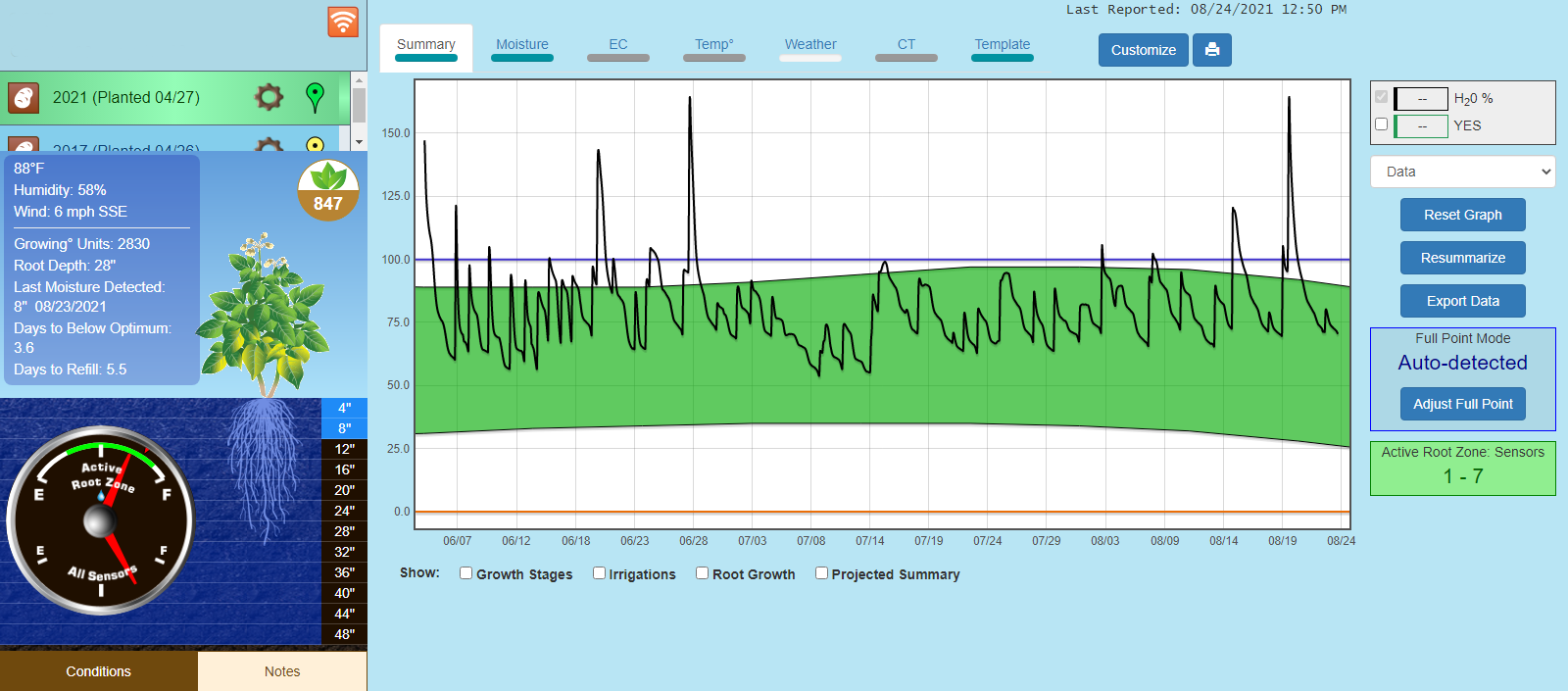
Contact AquaSpy
AquaSpy for potatoes
With a Crophesy annual subscription, you receive a free simple, three-sensor, wireless, soil moisture probe. Place these rugged, water-tight probes throughout your potato field and connect them to the app via your smartphone.
Then you can instantly monitor soil and crop health for all of your potatoes. And if you want to test the soil in other areas, you can quickly and easily move the moisture probe, which is battery-powered and provides season-long insight.
While you can look at the visual analysis of leaves, spending hours in your field, Crophesy enables you to open your app from anywhere and show you what kind of nourishment is available in your soil at your potato crop root depth. With this data, you can determine when the active root zone needs vital nutrients.
In addition to nutrient data, the Crophesy app can show you:
- Moisture consumption at the root level
- Salinity level in the active root zone
- Root depth
- Soil temperature near the sensors
- Irrigation depth
And it tells you all this without you having to step foot in your potato field.
